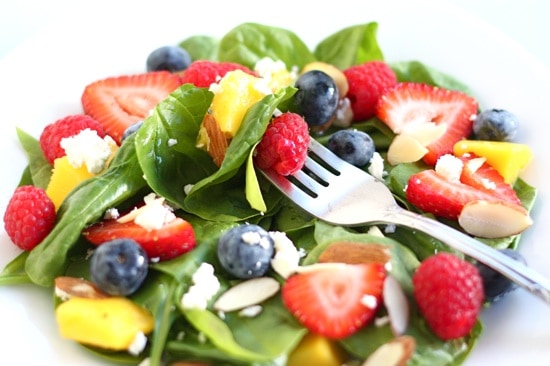Fitness Myths Revealed

There are many myths and misconceptions about good health and fitness. Now you can put your fitness first, forget the myths, and start your journey to getting fit.
Muscle and Fitness Myth 1: You have to exercise in your fat burning zone to burn fat.
People often assume that putting their fitness first with low-intensity exercise is best for burning fat. During exercise at a very low intensity (e.g., walking), fat does account for most of the energy expenditure, while at a moderate intensity (e.g., 80% maximum heart rate), fat accounts for only about half of the energy used. While you use both fat and carbohydrates for energy during exercise, these two fuels provide that energy on a sliding scale—as you increase your intensity, the contribution from fat decreases while the contribution from carbohydrates increases. While there is only a minimal amount of fat used at higher intensities, the number of calories used per minute and the total number of calories expended are much greater than when exercising at a lower intensity, so the amount of fat used is also greater. What matters is the rate of energy expenditure, rather than simply the percentage of energy expenditure derived from fat.
Despite what most people think, you don’t have to use fat during exercise to lose fat from your waistline. Have you ever seen a fat sprinter? Sprinters primarily train anaerobically, never using fat during their workouts. Carbohydrates are actually the muscles’ preferred fuel during exercise. So remember when putting your fitness first, the fat on your waistline and thighs is burned during the hours before and after your workouts while you’re sitting at your desk. For fat and weight loss, what matters most is the difference between the number of calories you expend and the number of calories you consume. Weight loss is really all about burning lots of calories.
People are also led to believe that exercising first thing in the morning burns more fat. While muscles are forced to rely on fat when blood glucose and muscle glycogen are low, as they often are first thing in the morning, exercising when blood glucose is low will decrease exercise intensity, resulting in a lower-quality workout and less calories burned.

Muscle and Fitness Myth 2: People get fat because they eat too much.
We eat three things—carbohydrates, protein, and fat (some people still eat McDonald’s, which falls into a category all by itself). The carbs that we eat are used to replace muscle and liver glycogen and maintain blood glucose levels. Protein is used to repair muscle tissue and build structures, like muscle contractile proteins, enzymes, and mitochondria. Fat is an important component of cell membranes, is the largest store of energy, and is used for insulation and organ protection.
A metabolic priority of muscle recovering from a workout is replenishment of glycogen stores and the reparation of damaged tissue. With no exercise, there is never a drain on muscle glycogen nor any tissue to repair or build, so any calories consumed that are not used to meet these metabolic needs or repair and build tissue are stored as fat. Thus, while caloric intake certainly influences body weight, creating a very large metabolic demand by exercising a lot will limit how much fat is stored because the calories that are consumed will serve to meet the metabolic needs first to maintain good health and fitness.
Muscle and Fitness Myth 3: Eating before going to bed will make you fat.
Enzymes don’t wear watches. It makes no difference what time you eat; weight loss and weight gain is about how many calories you consume vs. how many calories you expend. If you create a large metabolic demand during the day by exercising a lot, the calories you consume will go to fulfill the metabolic needs, regardless of the time you eat.
Muscle and Fitness Myth 4: Doing crunches will shrink your waistlines.
Despite what those late-night compelling infomercials claim, crunches will not shrink your waistline. It would take a billion crunches to add up to enough calories to make a difference in your waistline. Crunches can strengthen and hypertrophy the abdominal muscles, but not make you lose fat.
If you are serious about putting your fitness first, remember these important muscle and fitness myths and start your journey to getting fit today.
~ Dr. Jason Karp
Dr. Jason Karp is a nationally-recognized running coach and owner of RunCoachJason.com, a run coaching and personal training business in San Diego. The 2011 IDEA Personal Trainer of the Year, he holds a PhD in exercise physiology. He has written more than 200 articles for international running, coaching, and fitness magazines, is the author of five books, including Running for Women and Running a Marathon For Dummies, and is a frequent speaker at national fitness and coaching conferences. For award-winning personal training, go to RunCoachJason.com.











1 Comment